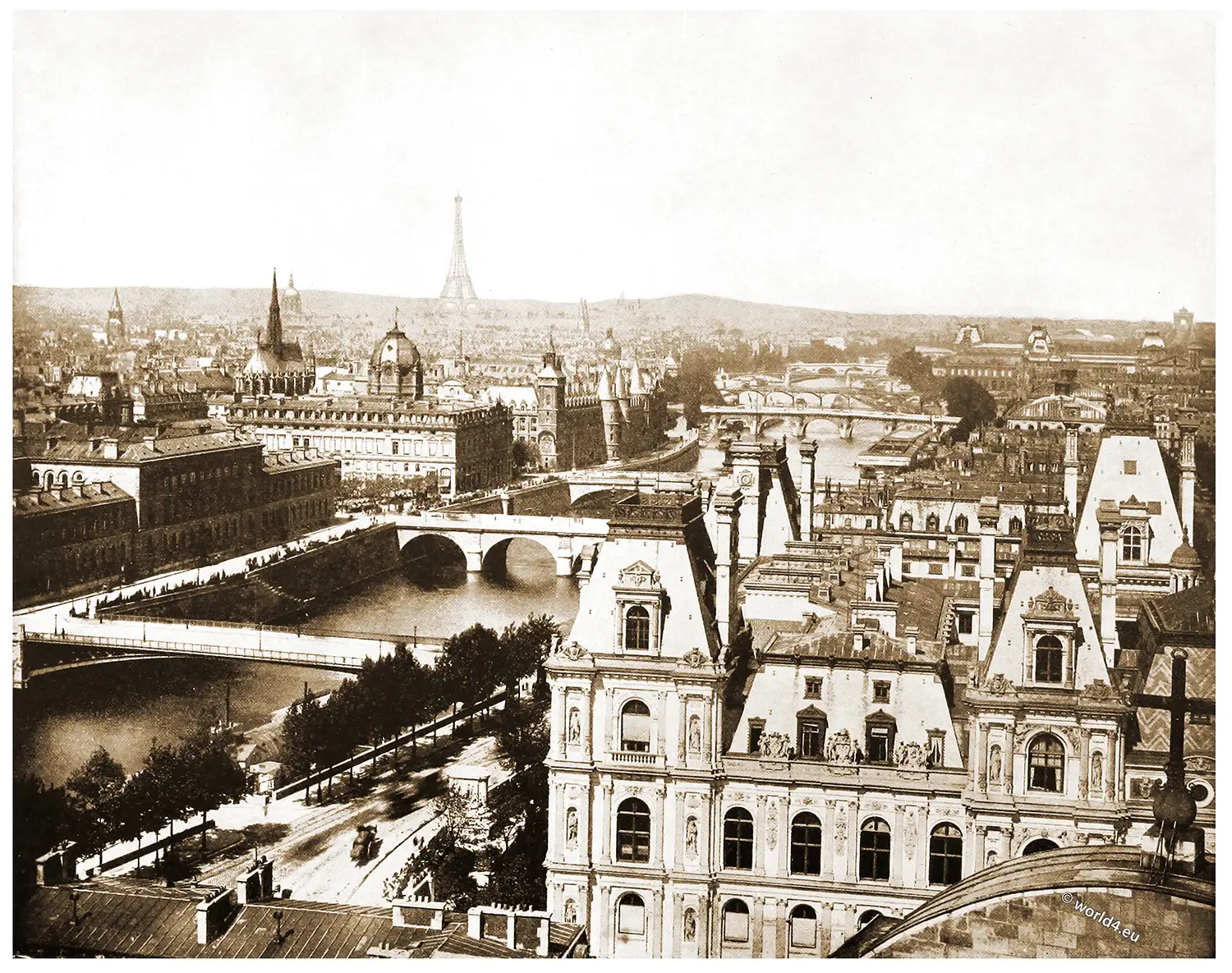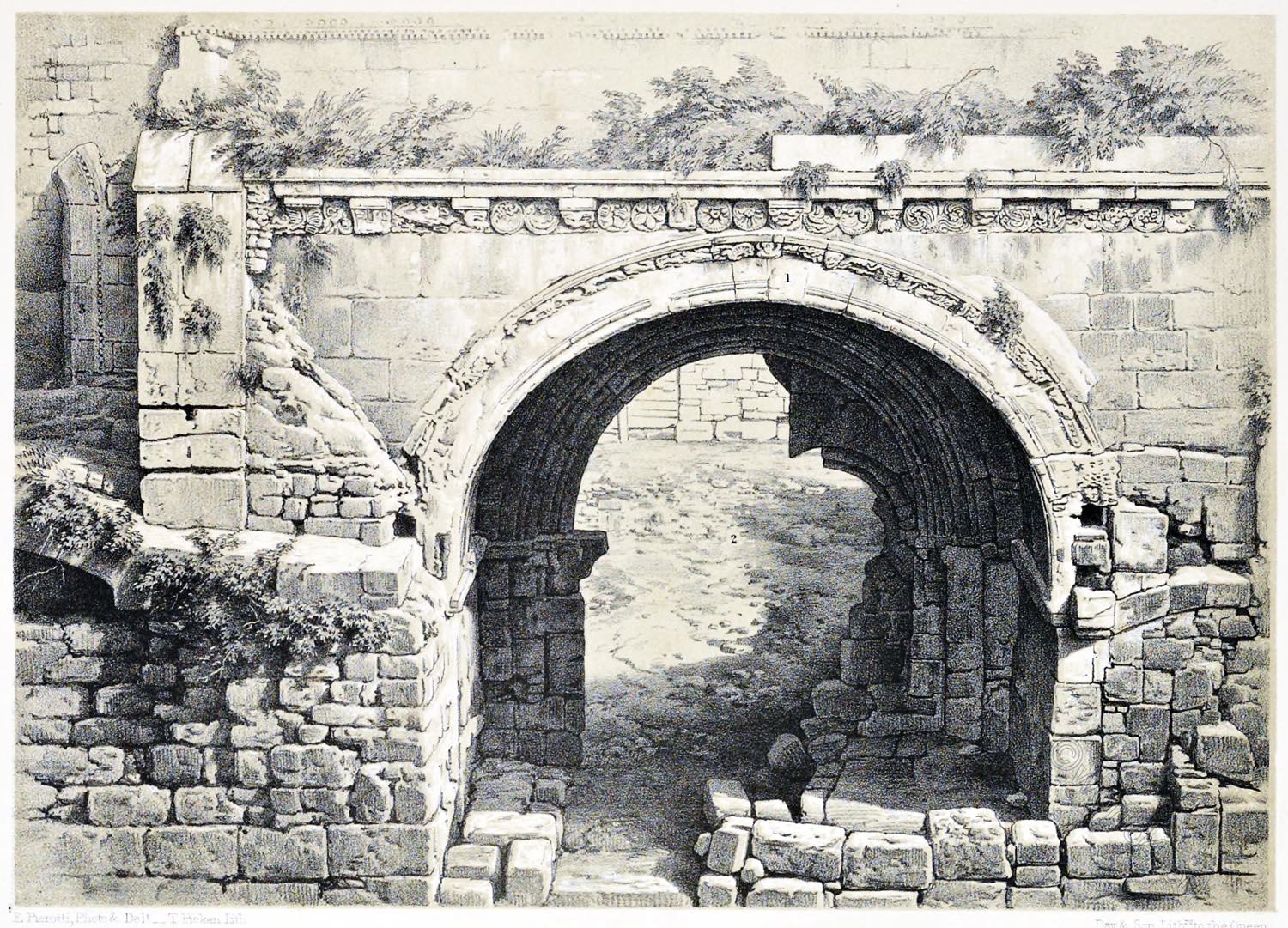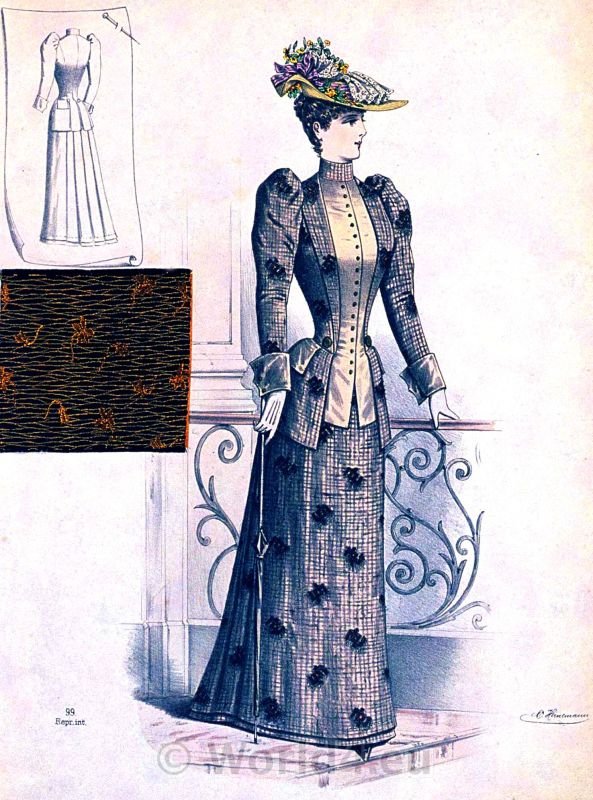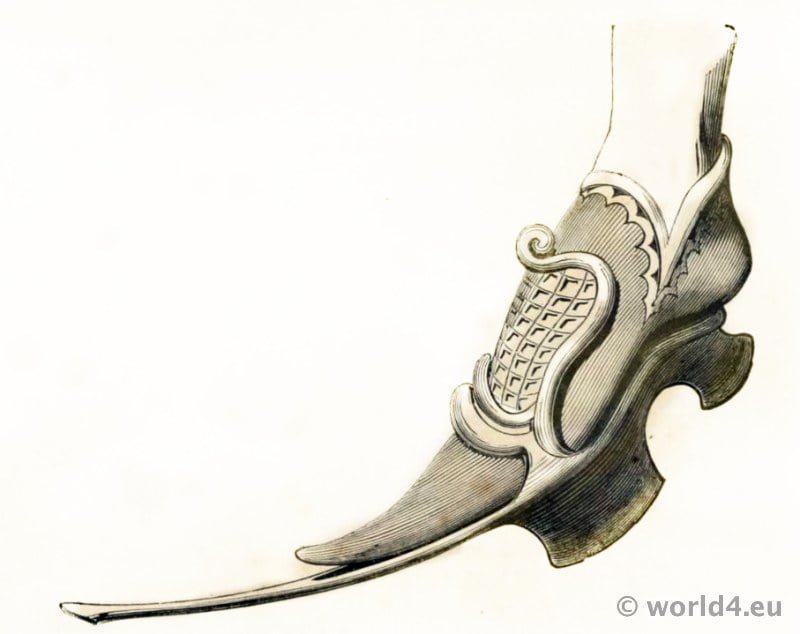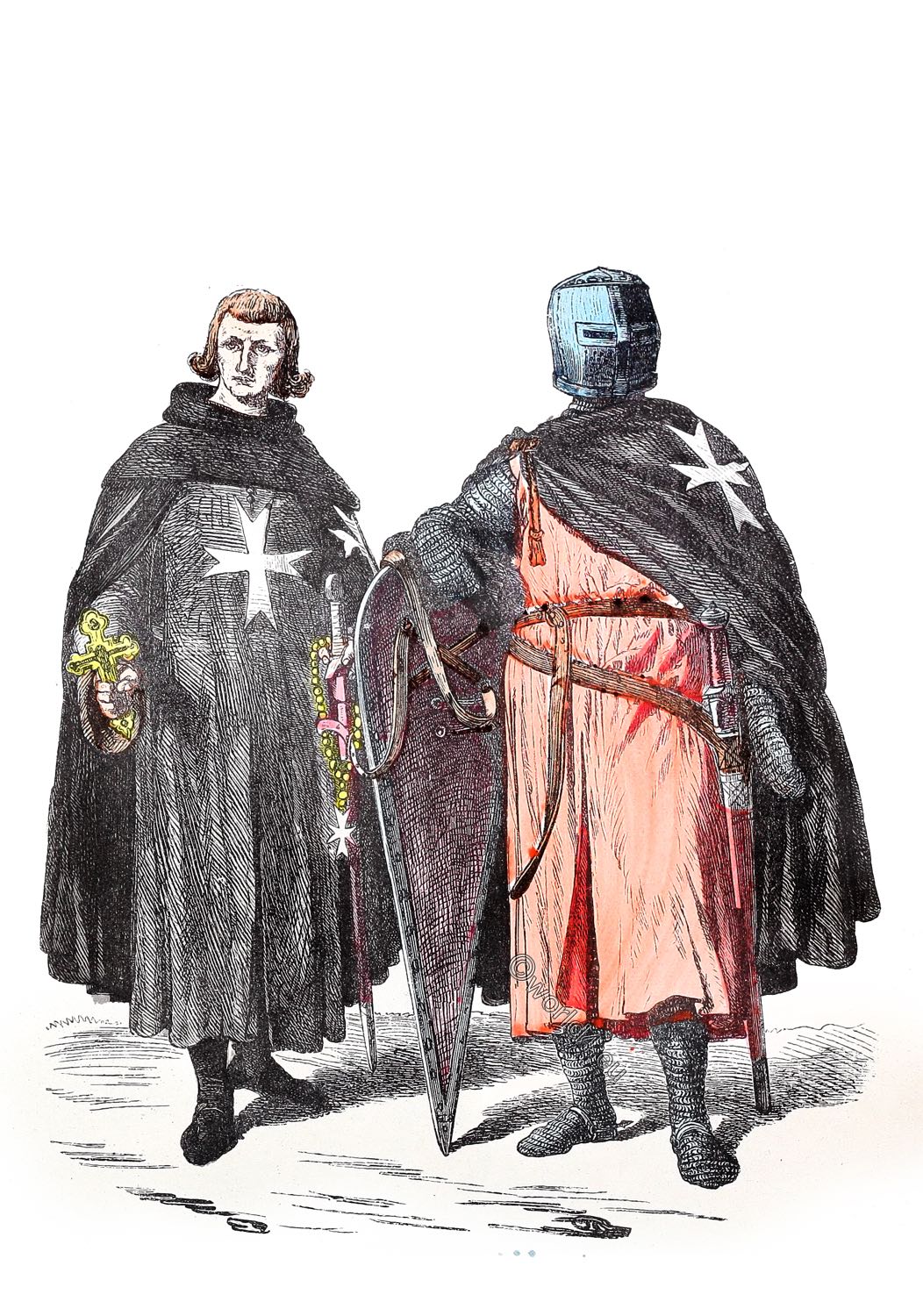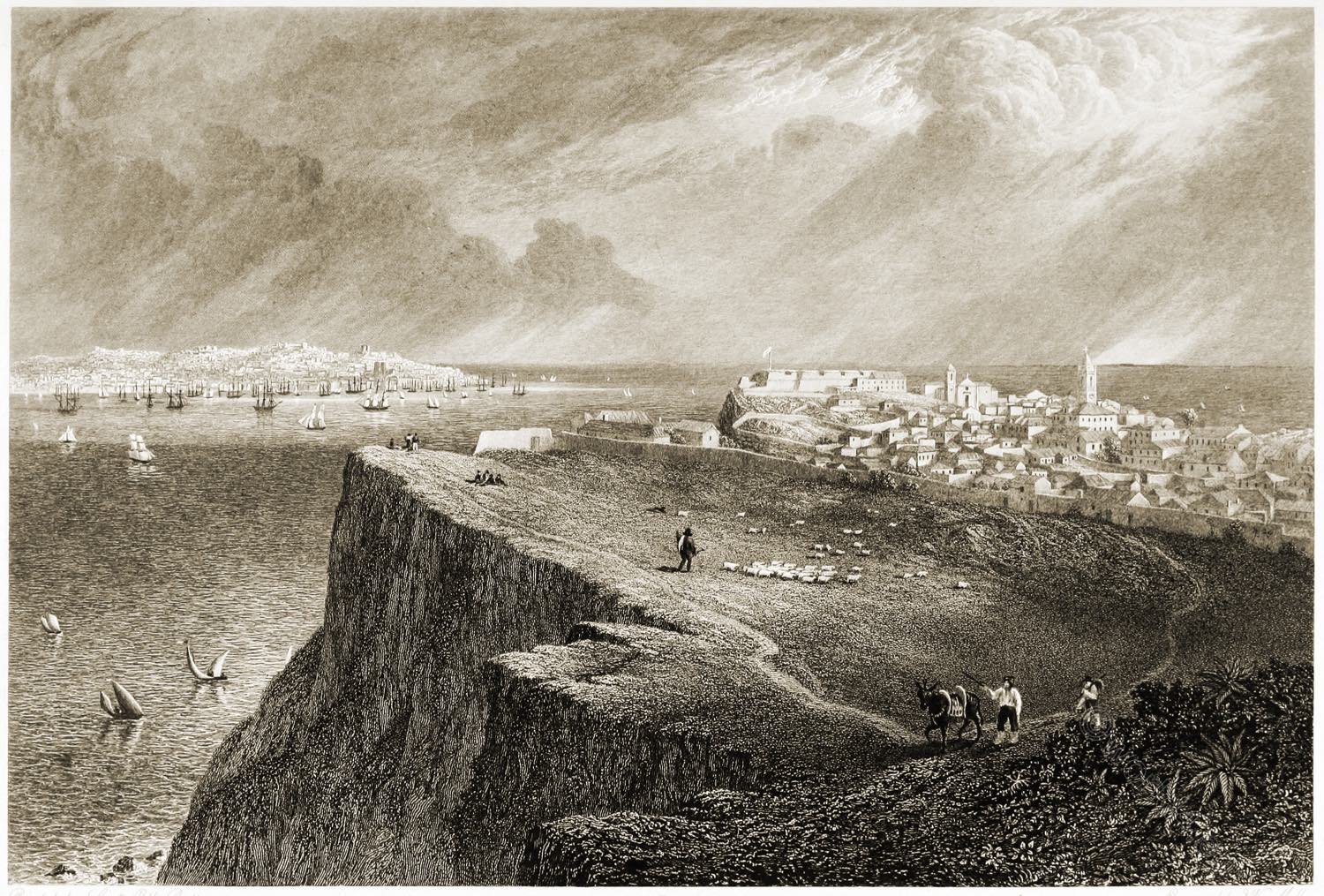PANORAMA OF PARIS.
Paris is the city or the Present, as Rome is of the Past. Others may imitate it, but no metropolis of modern times can really be compared to the french capital for its elegance of decoration, the refined gaiety of its manners, and the superb arrangement of its streets and boulevards, together with the magnificence of its architectural triumphs.
If Switzerland is “the play-ground of Europe,” Paris is its favourite place of amusement. Hither come yearly hundreds of thousands of pleasure-seekers from every quarter of our globe. There is everything in Paris to please, instruct and charm. Almost every window is an exhibition of art. Each prominent street is frequently the centre of some Carnival.
The river Seine which divides Paris into two very nearly equal sections shoots arrow-like beneath twenty-eight bridges, many of which are eloquent of history. This French metropolis has a population of nearly two and a half millions, but, is exceedingly compact on account of the french custom of living in apartments rather than in separate houses.
It is a beautifully clean city. The care bestowed upon its thoroughfares is something which excites the admiration of all tourists, and is in painful contrast to the way in which the streets of many of our great American cities are neglected. Perhaps this is one out of many reasons why “Good Americans, when they die, go to Paris.”
Source: Glimpses of the world; a portfolio of photographs of the marvelous works of God and man by John Lawson Stoddard (1850-1931). Chicago, R.S. Peale, 1892.

Discover more from World4 Costume Culture History
Subscribe to get the latest posts sent to your email.

